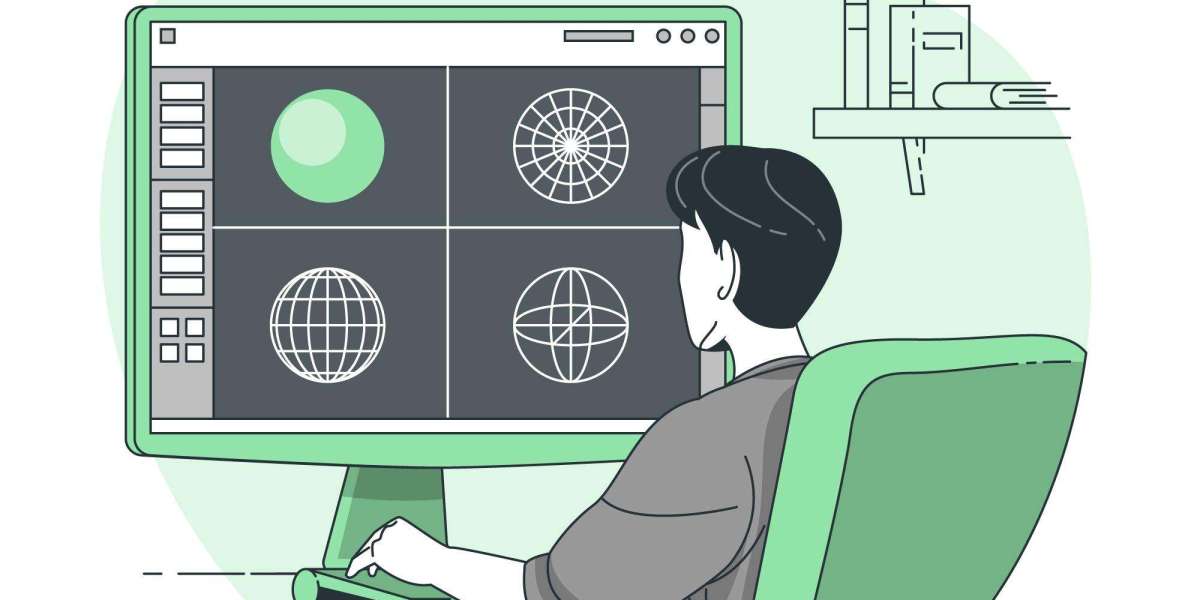8K is touted as the new resolution standard that will provide an ultra-sharp, detailed and immersive viewing experience. But is moving to 8K resolution really worth it at this point in time? In this blog post, we will explore what 8K resolution is, the technologies behind it, current and upcoming 8K displays and sources, benefits of 8K, and whether the upgrade to 8K is worth it now or should be delayed.
Introduction
In recent years, 4K Ultra HD resolution has become mainstream in the TV and digital display market. However, the display and consumer electronics industry is always looking for the next big thing. That's where 8K resolution comes in, promising an even more detailed and realistic viewing experience compared to 4K. But is the jump from 4K to 8K really significant enough to warrant an upgrade, especially considering the currently high prices of 8K TVs and lack of native 8K content? Let's dive deeper into 8K to find out.
What is 8K Resolution?
8K resolution, also known as Full UHD or FUHD, refers to a display resolution of around 8000 pixels wide. The precise horizontal resolution is 7680 x 4320 pixels, which is around 4 times the resolution of 4K and 16 times the resolution of 1080p Full HD. With 33.2 million pixels compared to 8.3 million pixels of 4K, 8K displays provide an unprecedented level of fine detail, resolution and overall clarity. The increased pixel density enables sharper image quality and helps reduce the screen door effect of individual pixels being visible.
8K Display Technologies
The two main technologies used in 8K displays today are LCD and OLED. While 8K OLED TVs are still under development, most 8K LCD TVs use backlighting through Direct LED or Full Array Local Dimming technology. These provide brilliant brightness and inky blacks. Some also use quantum dot film to improve color accuracy. When it comes to LCD panel type, IPS and VA panels are commonly found in 8K TVs depending on the brand and model.
Current 8K Displays and Sources
While 8K resolution was finalized back in 2015, the first consumer 8K displays only started hitting the market in 2018. Currently, major brands like Samsung, LG, and Sony sell 8K LCD TVs ranging from 65 to 98 inches in size, with prices starting around $5,000 and going much higher for bigger screen sizes. On the content side, while 8K resolution video cameras have been used in filming movies and sports events, native 8K content remains scarce. Upscaling of 4K and HD content is required in most cases. YouTube and Vimeo do offer some native 8K video clips for testing.
Potential Benefits of 8K
With four times the pixels of 4K, 8K promises significant benefits like:
Lifelike realism: With 33 million+ pixels, 8K provides a true-to-life viewing experience that’s incredibly sharp and detailed, almost simulating the human eye’s sharpness.
Future-proofing: Since 8K has over 33 million pixels, its resolution is far beyond what's needed even on very large screens for many years. It ensures your display stays future-proofed.
Large screen sizes: The high resolution of 8K makes it well-suited for viewer engagement on 80-inch and larger screen sizes without any visible pixels or loss of sharpness.
Upscaling: While native 8K content is scarce, the upscaling of 4K and HD to 8K can enhance image details, sharpness and textures significantly compared to viewing on a 4K TV.
Current Challenges of 8K
Despite the potential benefits, there are still some challenges hindering widespread adoption of 8K:
Lack of Content: As mentioned earlier, native 8K content from cameras, movies and shows remains scarce. Even streaming services have very limited 8K libraries currently. This is the biggest barrier.
High Cost: 8K TVs are still very expensive, starting from $5000 at the minimum. Few can justify this premium price without native content. This is a chicken-and-egg problem slowing adoption.
Viewing Distance: To appreciate the full benefits of 8K resolution like sharpness, the ideal viewing distance is usually 1-1.5 times the screen diagonal. This is challenging for most living rooms.
Bandwidth Requirements: Streaming or downloading 8K videos requires ultra-broadband internet speeds of 100Mbps or more. Many regions still lack such bandwidth infrastructure.
Is 8K Worth it Right Now?
So in summary, while 8K resolution promises a cutting-edge immersive viewing experience, there are some key factors to consider:
Content Scarcity: Without native 8K movies, shows or games readily available, existing 4K and HD content upscaled to 8K may not be much of an improvement in most cases currently.
High Costs: Pricing remains a major roadblock for 8K TVs, which start above the price point of the average 4K TV buyer. Until costs come down significantly, 8K will see limited mass adoption.
Viewing Distance Limitations: Most average-sized living rooms may not provide enough distance from the TV to fully appreciate 8K's finer details and sharpness over 4K. It's more suited for theaters or very large screen sizes.
Bandwidth Constraints: Limited broadband infrastructure in many places may restrict consuming native 8K videos online via streaming in the near future.
So for most people, while future-proof, upgrading to 8K may not make sense right now considering the above factors holding it back. Owning a high-end 4K TV will still provide a great experience for years to come. Early adopters with large screens, deep pockets and wider viewing distances can consider 8K but for mass adoption, it may take a few more years for the associated technologies and infrastructure to be ready. However, 8K definitely looks like the natural evolution path for TVs and digital signage over the next decade as costs come down.
Conclusion
In conclusion, 8K resolution does show tremendous potential to deliver a cinematic home viewing experience. However, several real-world factors currently hinder its broader mass adoption. With content, pricing and infrastructure-related challenges still existing at this point, most TV viewers are better served continuing with 4K. But 8K is certainly exciting from a technological perspective and its benefits will only increase as more aspects are worked on. In a few years, 8K will likely replace 4K as the new gold standard resolution for ultra-premium TVs and signage. But for now, 4K remains king for delivering an incredible big-screen experience.
Read More:- https://avtweeps.blogspot.com/2023/11/Building-the-Ultimate-Sound-System-Components-and-Configurations.html








